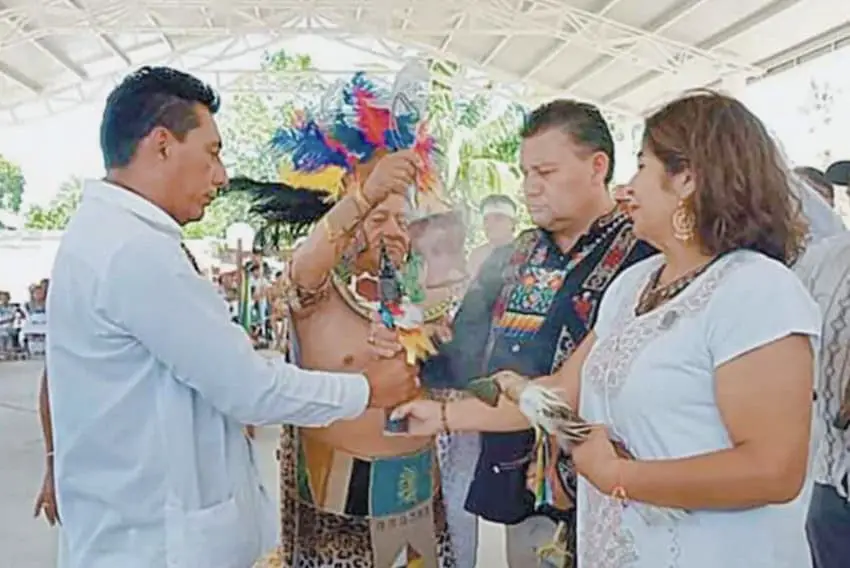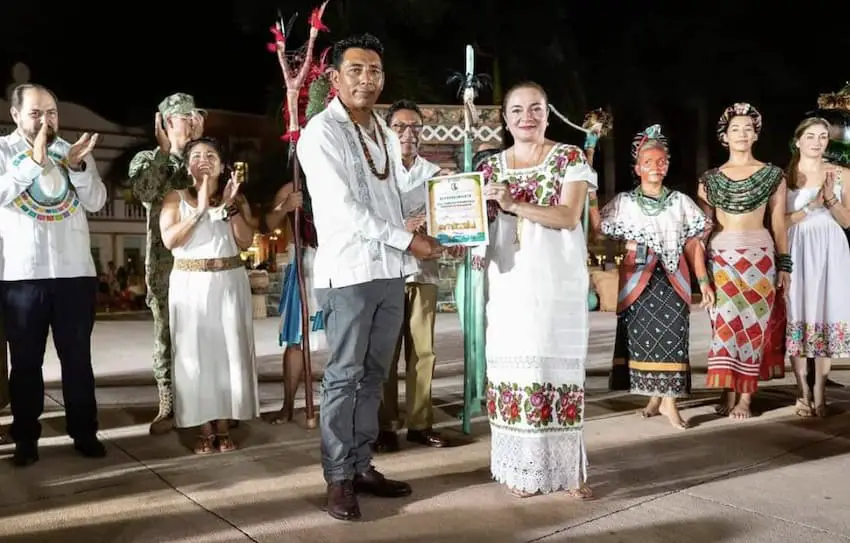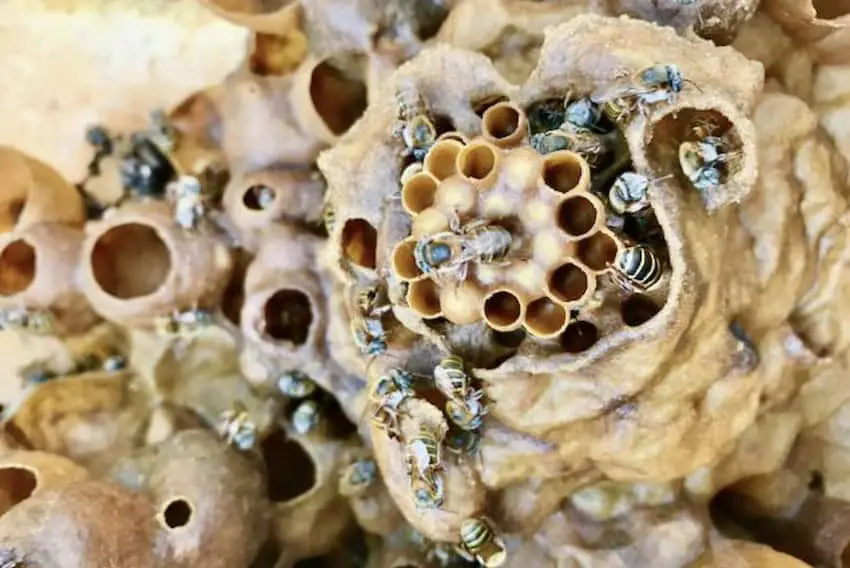Recently, I was thrilled to meet Carlos Francisco Pacheco, who was named Indigenous Governor of Quintana Roo by the Mexican National Council of Native People on April 13, 2024. It was an eye-opener to hear about this branch of government and its wonderful initiatives for the Indigenous and Afromexicans of the state and throughout Mexico.
The Mexican Council of Native People was established on 5 February 2021. But it’s not just in Quintana Roo; there are 32 governors all over Mexico representing the 39 Indigenous populations scattered throughout their states.

These include all Mexican Indigenous cultures called pueblos originales, as well as the Afro-Mexican community throughout Mexico. All pueblos originales are welcome to join, alongside the 39 different Pueblos Originales already named in the Mexican National Council of People Originators, Indigenous Communities and Afroamericans founding document. More are being added all the time, sparking the interest of Indigenous tribes as far away as Canada.
It includes all Indigenous people from every corner of Mexico. From the northern Yaquis and Tamahumaras, through to Central Mexico, Indigenous communities like the Mexicas and Nahuas down to the southern regions, including groups like the Maya and Tzotziles.
As the governor of Quintana Roo state, Carlos is striving to bring new opportunities to small communities by introducing projects and business models to help them support themselves. Sharing that “teaching them how to start businesses that honor our heritage and preserve our culture can enable them to become more financially self-sufficient.”
Building on business models like the Mayan Bee Sanctuary in San Miguel de Cozumel (which is currently rated #1 on Tripadvisor), it is hoped that these communities can establish themselves and attract tourists to their towns.

Plus, it will honor their ancestry by being a place that educates people about the centuries-old relationship between the Maya and the Melipona–a small stingless bee native to the Yucatán.
Some say this is the oldest beekeeping relationship on earth. Having found evidence of beekeeping in Maya archaeological digs, this relationship is important in Maya history and has been established since pre-Columbian times, centuries before Europeans started keeping hives.
“Businesses like this bring to light Indigenous traditions and important aspects of Mayan life, culture, and heritage,” Carlos says, which is why they are at the forefront of his initiatives. Both as a way for these communities to become financially stable and also to honor their ancestry. It also speaks to something near and dear to most Maya descendant’s hearts. Ensuring that their precious history is not lost like a lot of native languages have been lost. Losing with it, the oral histories of those communities.
That is why another important initiative that Carlos is passionate about is education. So much so that he is currently working alongside the Centro Cultura Evidencia Maya located in Rancho Anita down at the southern end of Quintana Roo at Chetumal.

By making reference materials from the Mayan language and prospectuses, Carlos is hoping to make Mayan language courses mandatory in schools. He explained that it was his hope that “by educating the children of today, we’re hoping to cease the loss of language, heritage and history.”
But it’s not just for the children. Another important project they are working on is a language translation guide. Translating from Maya to Spanish will help bridge the communication gap between these communities. He is hoping to place them in every police station throughout Quintana Roo “so that when the Indigenous have a problem, they can use this to report it to the police and get the help they need.”
As if all of this wasn’t enough, there are more projects in the works. Speaking to a deeper connection with their heritage and the natural world by preserving the knowledge of holistic practices, herbal medicines, botany and healing treatments through traditional healers like shamans who have spent their lifetime working with nature.
As you can see, there is a lot of good being done and yet to be done for the Indigenous and Afromexicans across all of Mexico. I’ll admit I was delighted to find out all about the initiatives in my state of Quintana Roo and be introduced to a whole new, beautiful part of Mexico that I just didn’t know about.
Mexico Correspondent for International Living, Bel is an experienced writer, author, photographer and videographer with 500+ articles published both in print and across digital platforms. Living in the Mexican Caribbean for over 7 years now she’s in love with Mexico and has no plans to go anywhere anytime soon.
